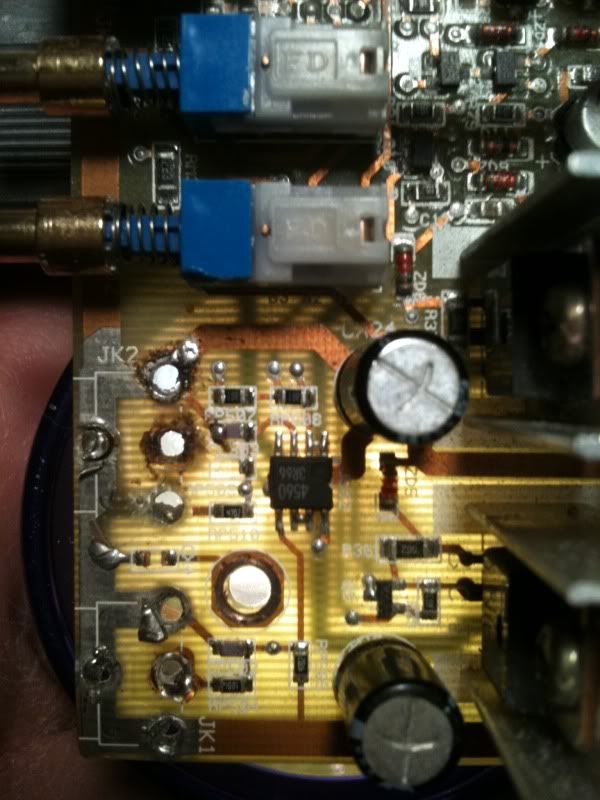I suppose I had a poor choice of words in my post.
Perhaps I should explain further.
When I said my audio was crisper, I was told by several people that my audio was "fuller", "bolder", "crisper" than it was previous.
The RX audio is brighter, but it's also a fuller sound as well, more robust.
The clarifier (to me) seems to be a bit more linear when sliding.
I buy Nichicon capacitors in bulk. Total bill to recap my Madison was around 8-10 bucks. But KALR 7570 said it best, "An ounce of prevention is worth a pound of cure."
I saw this thread and decided to take the plunge on my Madison, just to see if there were any benefits, and there was indeed benefits to recapping the radio. Was it necessary? Eh, probably not, it worked satisfactory before, even tho there were a few caps that were questionable. Did it improve the radio? Absolutely. It was something for me to try.
~Cheers~
Perhaps I should explain further.
When I said my audio was crisper, I was told by several people that my audio was "fuller", "bolder", "crisper" than it was previous.
The RX audio is brighter, but it's also a fuller sound as well, more robust.
The clarifier (to me) seems to be a bit more linear when sliding.
I buy Nichicon capacitors in bulk. Total bill to recap my Madison was around 8-10 bucks. But KALR 7570 said it best, "An ounce of prevention is worth a pound of cure."
I saw this thread and decided to take the plunge on my Madison, just to see if there were any benefits, and there was indeed benefits to recapping the radio. Was it necessary? Eh, probably not, it worked satisfactory before, even tho there were a few caps that were questionable. Did it improve the radio? Absolutely. It was something for me to try.
~Cheers~

